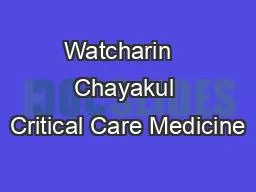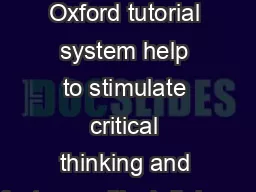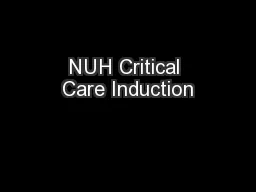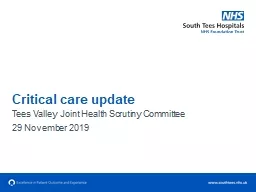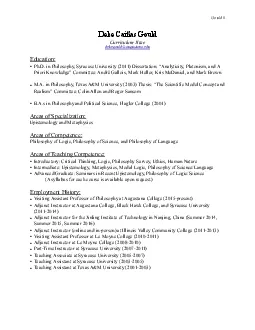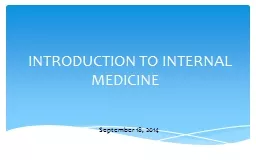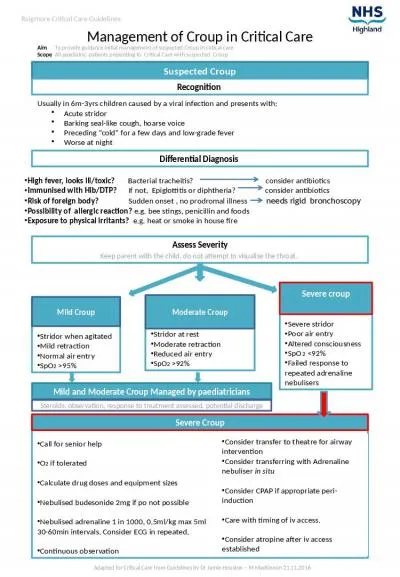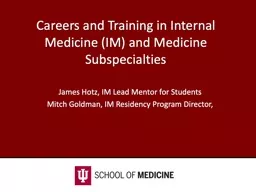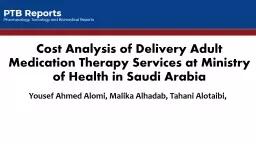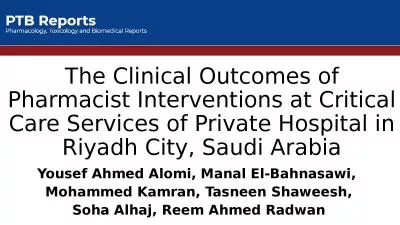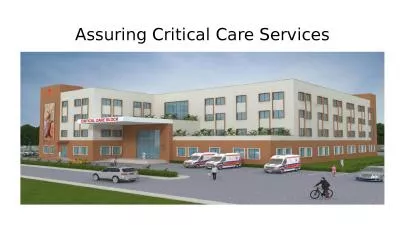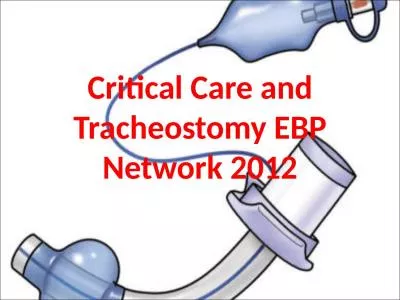PPT-Watcharin Chayakul Critical Care Medicine
Author : nonhurmer | Published Date : 2020-08-28
SEPSIS amp SEPTIC SHOCK 6852 What kind of shock is this SEPTIC SHOCK Infection Pathogen Cytokines Mediators Myocardial depression Vasodilate
Presentation Embed Code
Download Presentation
Download Presentation The PPT/PDF document "Watcharin Chayakul Critical Care Medic..." is the property of its rightful owner. Permission is granted to download and print the materials on this website for personal, non-commercial use only, and to display it on your personal computer provided you do not modify the materials and that you retain all copyright notices contained in the materials. By downloading content from our website, you accept the terms of this agreement.
Watcharin Chayakul Critical Care Medicine: Transcript
Download Rules Of Document
"Watcharin Chayakul Critical Care Medicine"The content belongs to its owner. You may download and print it for personal use, without modification, and keep all copyright notices. By downloading, you agree to these terms.
Related Documents

